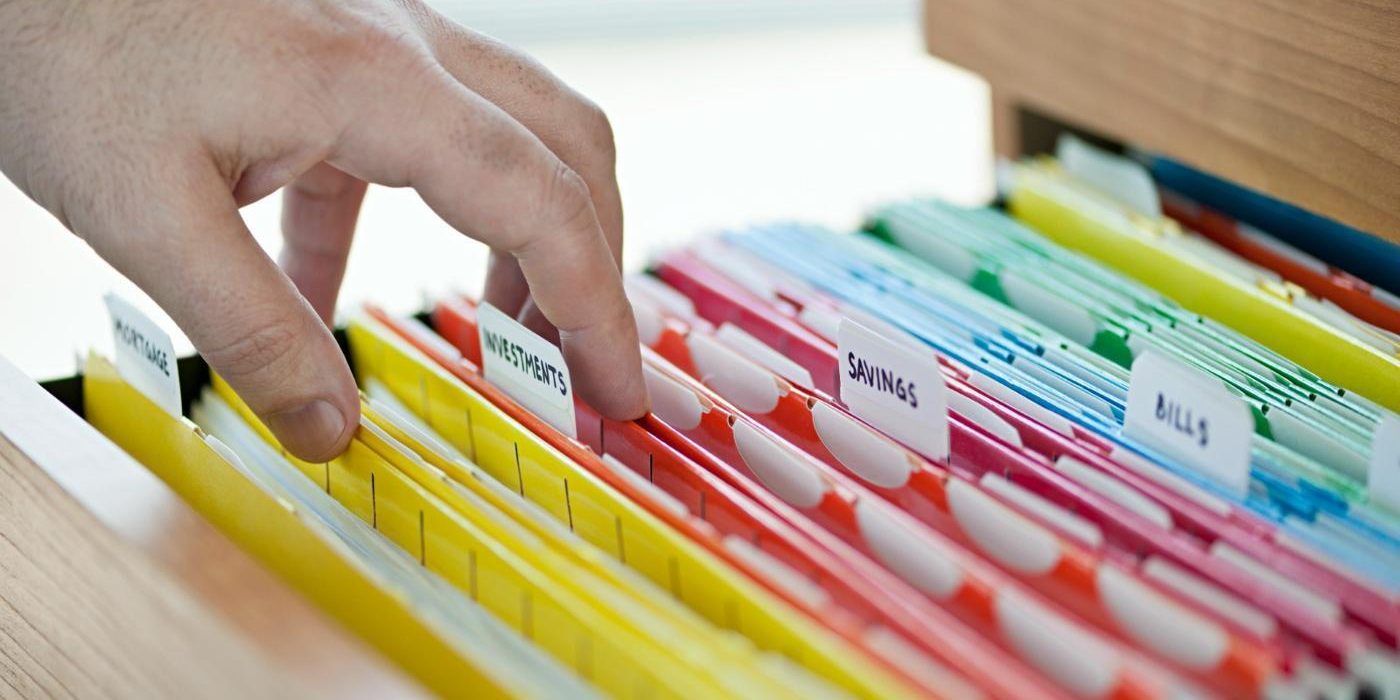Keeping your design files organized can be hard to do at times. It’s just like taking the time to clean your room, you don’t actually want to do it, but you know it’s something that must be done. If you don’t take the time to organize you room it’ll be in total chaos, and you’ll never be able to find anything. The same goes for your design files. So, how do you keep your files from driving you insane? Follow these 4 Fool Proof Ways to Organize Your Design Files and you’ll never feel like you’re drowning in a sea of lost files again.
1. Delete Old and Unnecessary Files
Deleting your old files may seem obvious but are you really doing it. Most likely you’re not, that’s why you’re here seeking help on how to organize your design files. It’s just like when it comes to cleaning your room. As you’re cleaning you may pick up something you don’t necessarily need anymore. Are you going to keep that item or throw it away? My suggestion would be to throw it away, simply because it’s taking up space that could be used to add something new. The same goes for the files on your computer. When was the last time you actually opened up that file or used that widget? If it’s been longer than you can remember, that’s a sign that you don’t have any use for it anymore. Once you delete the file you now have more space on your computer to add more files. Not only that, holding on to those old and unnecessary files may cause your computer to start acting up. If your computer is not functioning properly, how will you be able to work on new design projects?
So, take your time and ruthlessly go through your design files and hack away the dead weight.
2. Take Immediate Action
Whenever you download a new file or start working on a new project take immediate action saving your files in the proper place. Every file has a home and in that home, they must stay or else your computer will be in total chaos. There’s this rule that if something only takes you five minutes or less get it done. You don’t want to have to schedule time to go through your files to put them in the proper place. And, you won’t have to if you filed them as soon as you received them. Putting your downloaded files or new creations in the proper place as soon as you get them saves you a lot of time. Because you took two minutes now you won’t have to spend 30 minutes later trying to find a file you know you have.
That five-minute rule I mentioned earlier – you can read about it more in David Allen’s popular book “Getting Things Done,” – applies to getting things done in life in general. Anything you can do in five minutes or less, do it. Need to make a quick edit to a logo, if you know it will only take a few minutes get it done and send it off. A lot of times we tend to wait until later to get to the small things, and often times they go undone. It’s because we’re so worried about taking care of the huge projects, but if we take immediate action on the small task nothing will be left undone.
3. Have as Few Folders as Possible
Now, I know that everyone has a different style when it comes to saving files, but you should never have too many. When saving files try not to use specific names for folders. The more specific you get the more files you’ll have. The best thing to do is to create a folder for a specific project and anything you do related to that project must go in there. You don’t ever want a client to have edits for their project and you can’t find it because your files have now turned into a jungle of folders that lead to nowhere. The worst scenario would be to need a file to be edited within 30 minutes, and you’ve spent 20 of those minutes looking for the file and the edits are going to take you at least 20 minutes to complete. You never want this to happen, and it won’t happen if your design filing system is up to code.
4. Back Files Up Regularly
Aside from making sure your files are organized and readily available, you MUST back them up regularly. This is by far the most important task when organizing your files. What if your computer crashes and you have to have it wiped clean in order to get it back functioning properly. Because it crashed you can’t go back and save your files before it’s wiped clean. Before that even becomes an issue always back up your files on an external hard drive. An external hard drive may be bit costly; however, because technology has become so advanced you can now back up your files online. You can use online hard drives such as Google Drive or Dropbox. Both of these resources are free initially, but if you know that you’re going to need more space than the free subscriptions allow you simply buy more space. It’s actually better to use an online resource because you never have to worry about carrying around your external hard drive, or better yet where did you leave it last. Google Drive and Dropbox are always going to be there and your files become accessible anywhere.
Hopefully, these 4 ways to organize you design files have helped you to “get your life!” in the words of Tamar Braxton. Now, I’m not telling you to spend hours going through your files at this very moment; however, I would like for you to consciously save your files properly from now on. And, the files you already have if you have a moment each day organize a few files at a time and eventually they’ll all be organized. I know organizing your files may be a tedious task but it’s something that must be done. So, hopefully these 4 ways will help you to create habits that will prevent you from constantly having to do a complete reorganization of your files ever again.






